| Plant Habit: | Herb/Forb |
| Life cycle: | Perennial |
| Sun Requirements: | Full Sun Full Sun to Partial Shade |
| Water Preferences: | Mesic Dry Mesic Dry |
| Minimum cold hardiness: | Zone 3 -40 °C (-40 °F) to -37.2 °C (-35) |
| Maximum recommended zone: | Zone 8b |
| Plant Height: | 12 inches |
| Plant Spread: | 18 inches |
| Leaves: | Good fall color Unusual foliage color Evergreen Other: Leaves are gray-green and covered with woolly hairs. |
| Fruiting Time: | Late spring or early summer |
| Flowers: | Showy |
| Flower Color: | White |
| Bloom Size: | 1"-2" |
| Flower Time: | Late spring or early summer |
| Inflorescence Height: | 8-12 inches |
| Foliage Mound Height: | 1-4 inches |
| Suitable Locations: | Xeriscapic |
| Uses: | Erosion control Groundcover Will Naturalize |
| Wildlife Attractant: | Butterflies Other Beneficial Insects: Leaves are host to the caterpillars of the American Painted Lady butterfly. |
| Resistances: | Tolerates foot traffic Drought tolerant |
| Propagation: Seeds: | Other info: Sow seeds in spring |
| Propagation: Other methods: | Division Stolons and runners |
| Pollinators: | Flies Bees Wind |
| Containers: | Needs excellent drainage in pots |
| Miscellaneous: | Tolerates poor soil |
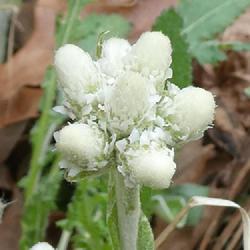
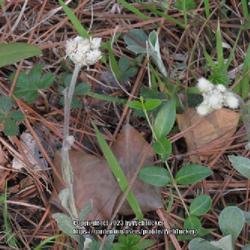
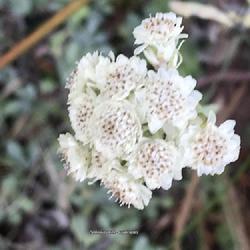
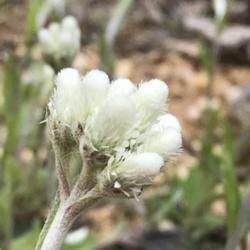
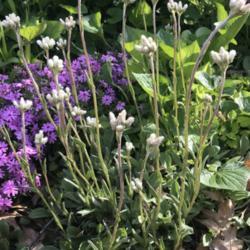
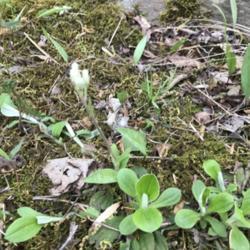
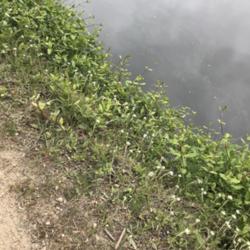
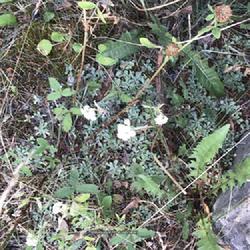
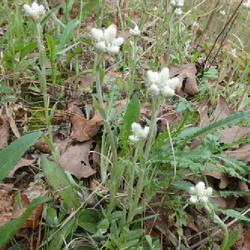
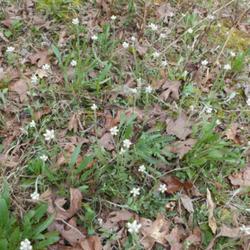
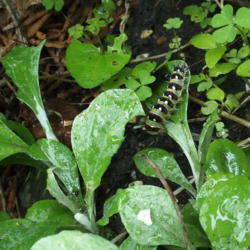

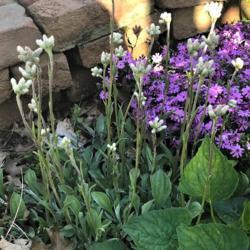
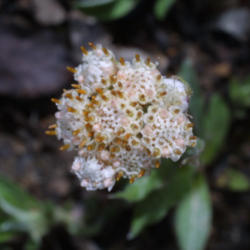


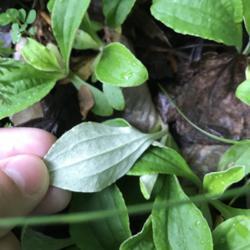
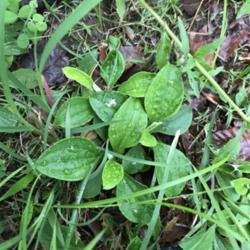
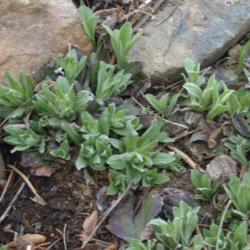
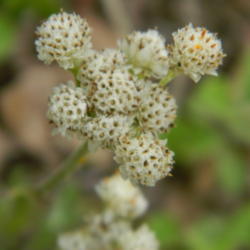
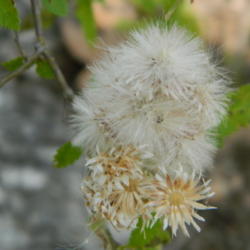
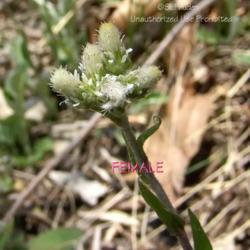
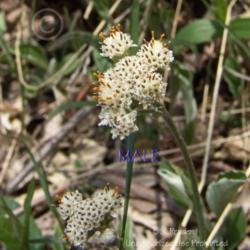

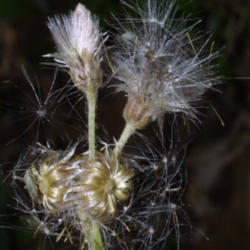
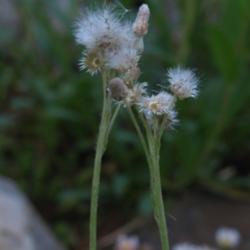
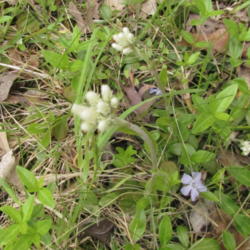
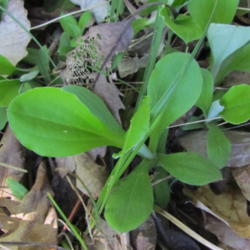
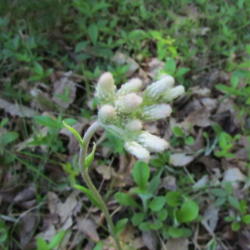
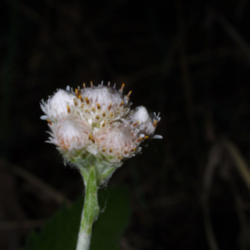
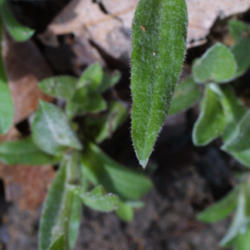
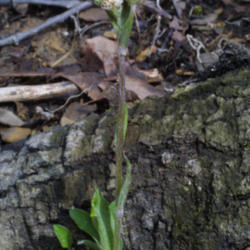
| MrsBinWY | On February 4, 2017 | Seeds sown coffee filter in baggy in fridge, C(60), D, from docmom (from Prairie Moon); jugged 4-15-17; no germination as of 12-3-17 |
| SuperHappyCamper | On March 4, 2023 | Obtained plant Purchased from North Georgia Native Plant Nursery. |
| WebTucker | On April 5, 2023 | Bloomed |